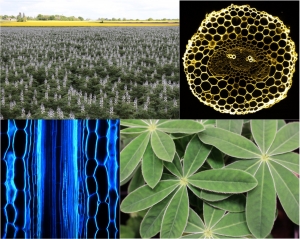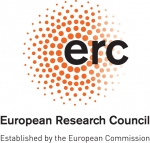ERC LUPIN ROOTS : Unravelling cluster root development in white lupin

Plants exhibit a high level of developmental plasticity that is controlled by a complex combination of perception, integration and response. In opposition to animals, where developmental patterns are highly conserved, plant organs are produced as a response to environmental stimuli. Understanding the molecular mechanisms involved in how plants perceive and respond to these stimuli is of key importance and may lead to future application in the agronomic field. One of the most striking developmental adaptations are cluster roots from White Lupin (Lupinus albus). Cluster roots are produced in response to low phosphate and are made of hundreds of closely spaced lateral roots that harbor a highly specialized development, growth, differentiation and physiology. They represent a fantastic tool to study root plant developmental adaptation.
Led by Benjamin Péret, CNRS researcher and team leader of Plasticity Team at BPMP, the "LUPIN ROOTS" ERC Starting grant project will develop tools to study cluster roots and make white lupin a good model. We will sequence the genome, develop genetic transformation, produce a transcriptomic database of the cluster roots and a mutagenised population to retrieve mutants affected in cluster root development. This project will lead to a better understanding of how plants are able to perceive their environment and modify their development accordingly. In the future, this will help to diminish the amount of phosphate fertilizer used to grow crops.
|
| This project has received funding from the European Research Council (ERC) under the European Union’s Horizon 2020 research and innovation program (grant agreement No 637420). |
Project coordinator
Benjamin PERET
CNRS
UMR BPMP
2 Place Pierre Viala
34060 MONTPELLIER
Email: benjamin.peret@cnrs.fr
Website: https://www1.montpellier.inra.fr/wp-inra/bpmp/en/research/the-teams/development-and-plasticity-of-the-root-system/
CNRGV involvement:
The CNRGV will coordinate the genome sequencing project and will produce an optical map using the Irys system from Bionano genomic to improve the genome assembly. The CNRGV will produce the high molecular weight DNA for the PacBio and Oxford Nanopore sequencing.
Responsible: William Marande
Collaborators
Jérôme Gouzy (Bio-informatic platform, INRA - LIPM)

